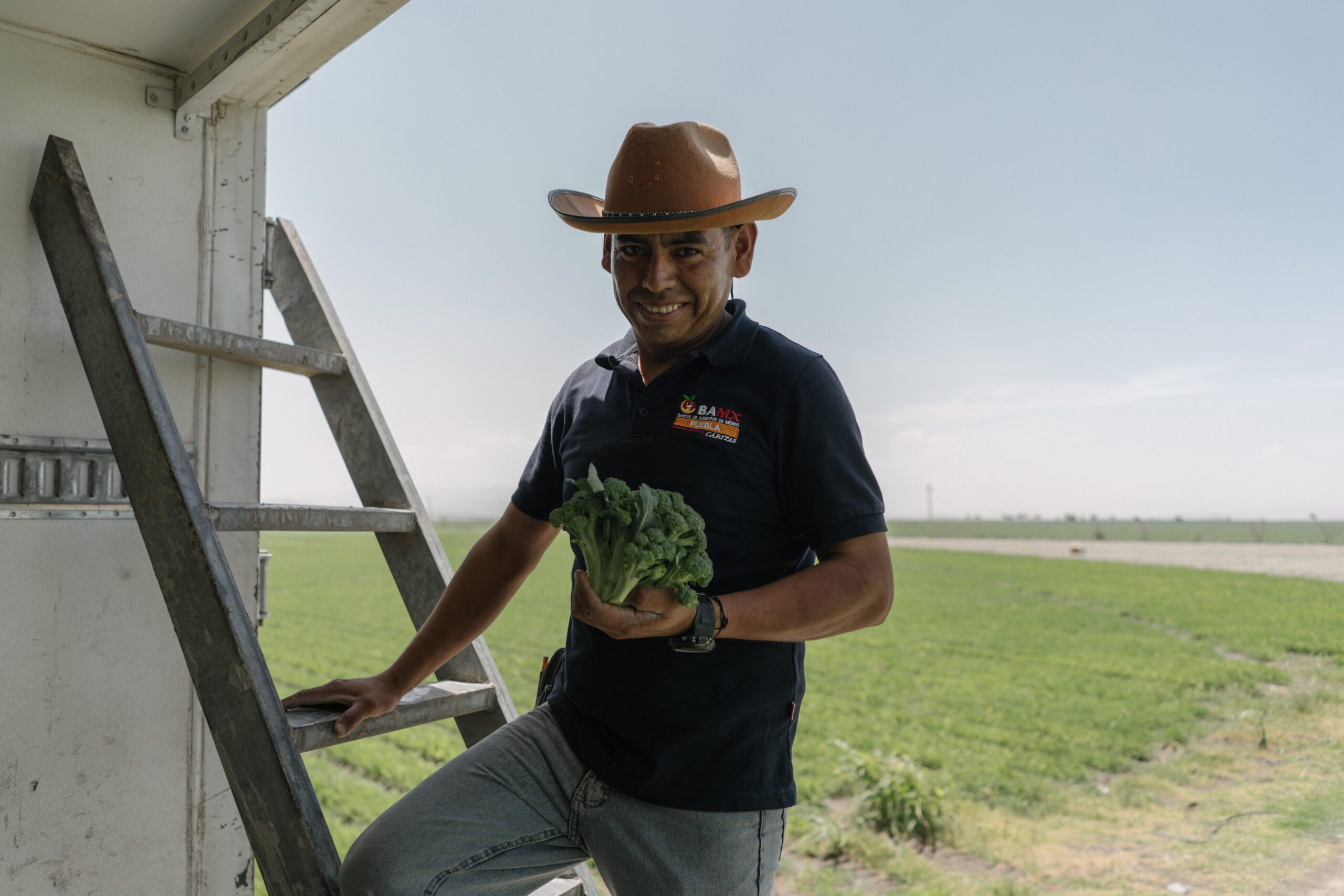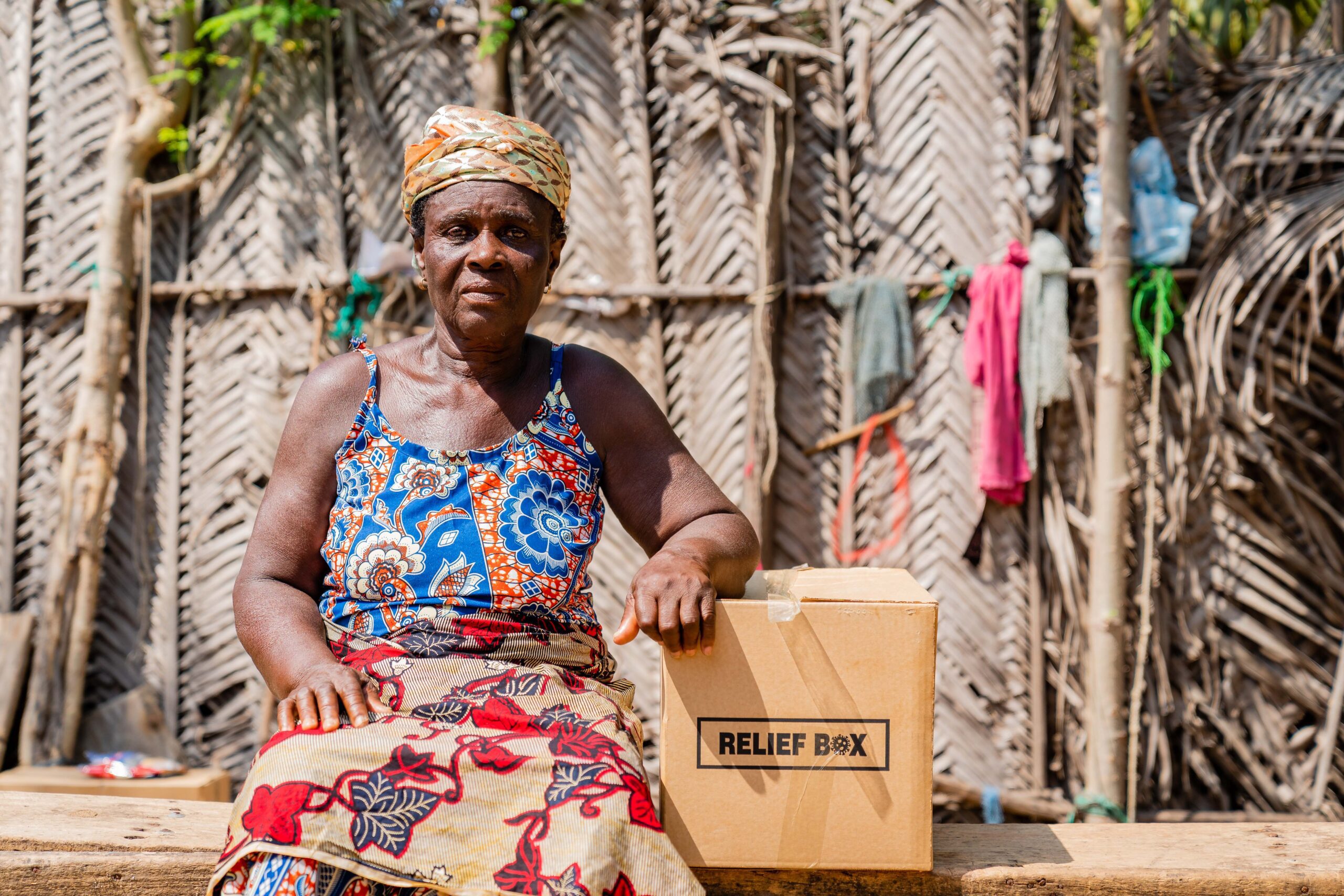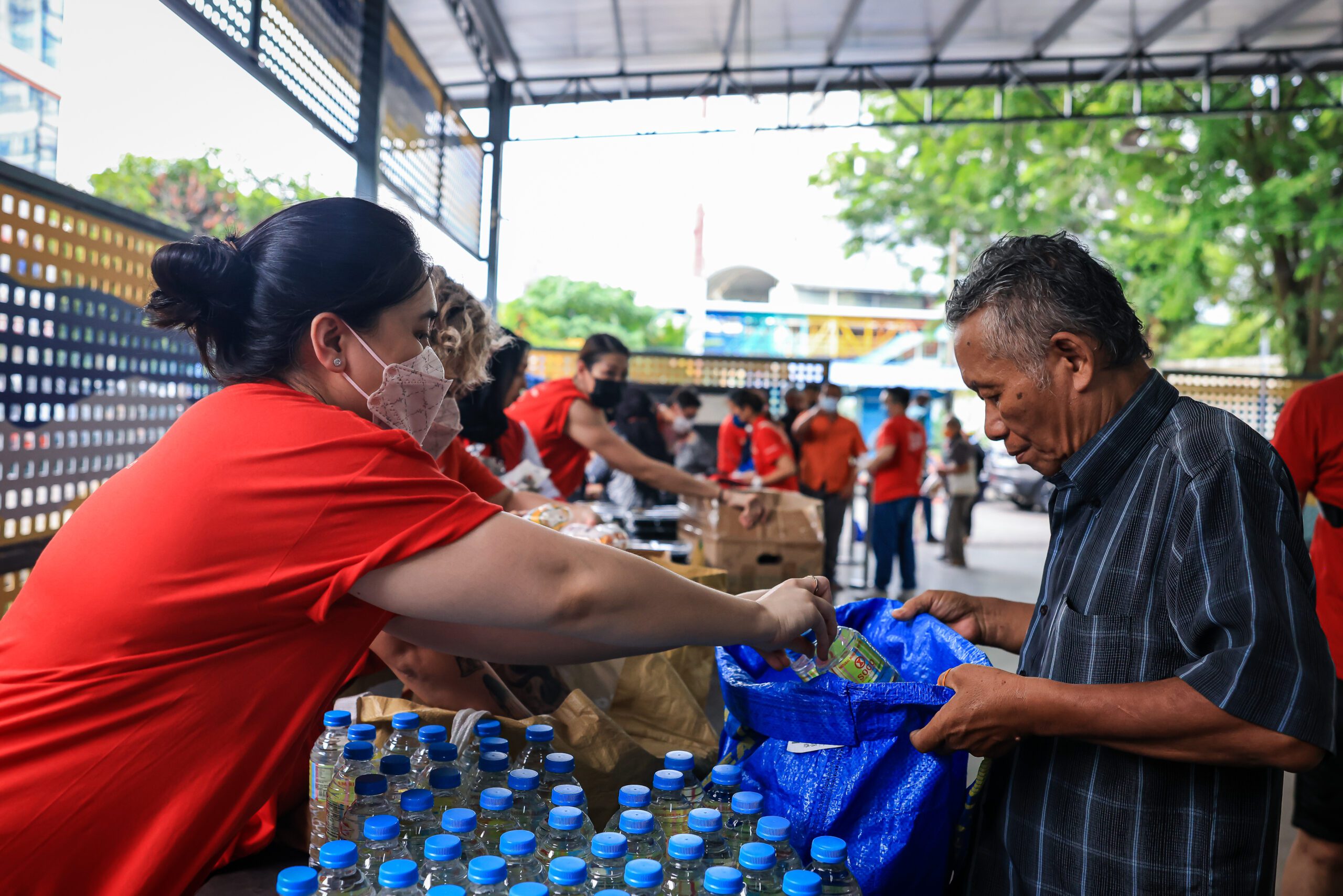As The Global FoodBanking Network (GFN) began quantifying the exact impact food banks have reducing greenhouse gases, they came to Microsoft to ensure the best results possible.
Up to 10 percent of global greenhouse gas emissions come from food that goes to waste. And when food decomposes, it creates methane, a greenhouse gas that traps more than 80 times more heat than carbon dioxide over the first 20 years.
Food recovery and redistribution—which is the expertise of food banks across the world—is the quickest, simplest, and most affordable way to reduce methane emissions. GFN wanted to share that important message widely with policymakers and the public and private sectors, using rigorous, layered data to support the claim.
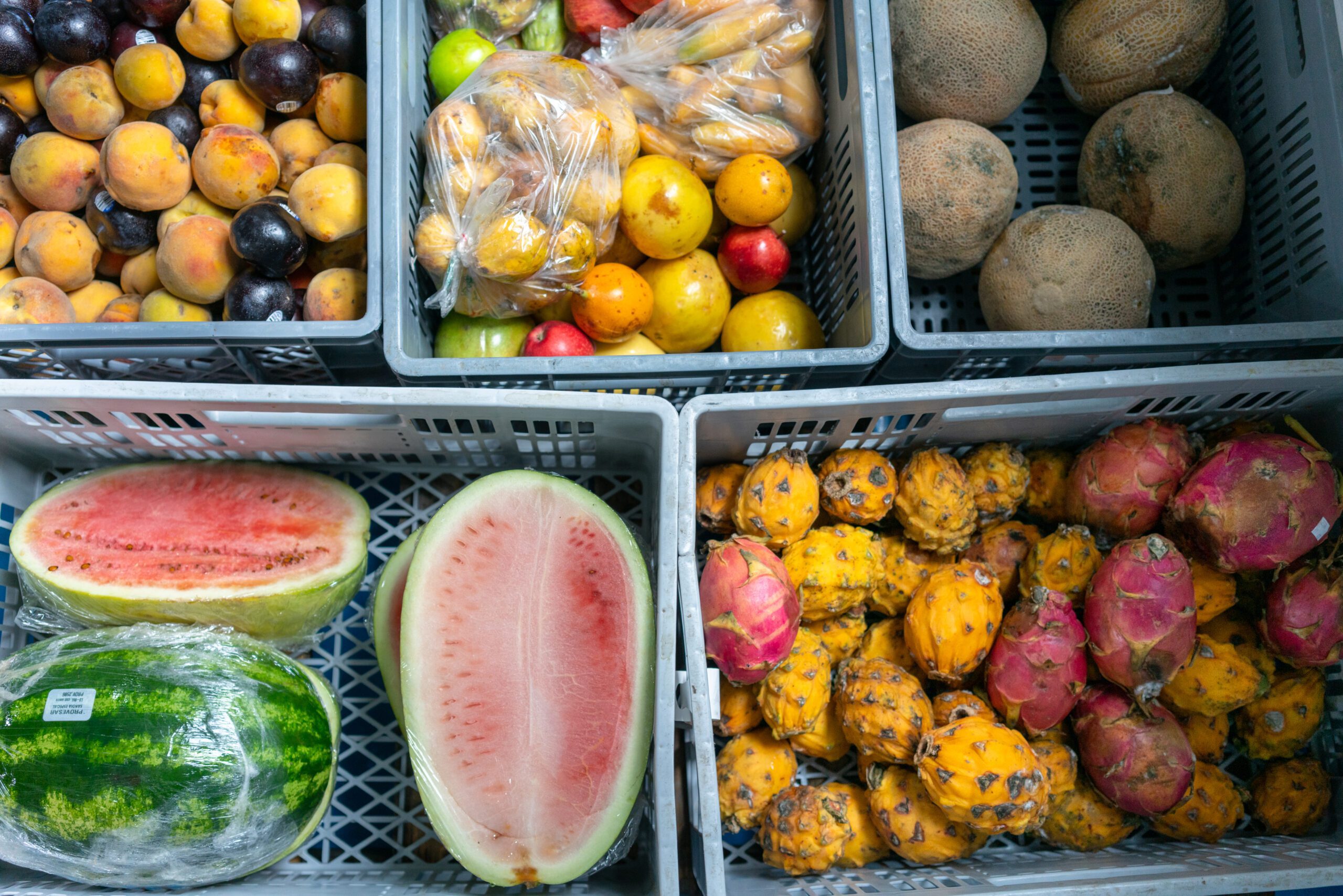
In 2023, through a significant investment from the Global Methane Hub, GFN started building the Food Recovery to Avoid Methane Emissions, or FRAME, methodology to quantify and track, in real time, the methane emissions prevented via food recovery by food banks in the Network, which spans 63 organizations in 53 countries.
For the methodology to be credible to its intended audiences, it had to be thorough and precise. Early on, GFN identified Microsoft Sustainability Manager as a gamechanger for the project.
“Without Microsoft Sustainability Manager, I’m not sure this project would be possible,” said Ana Catalina Suárez Peña, senior director of strategy and innovation for GFN. “Their product—and Microsoft’s expertise in this area—has helped make our lofty goals obtainable.”
With the support of Microsoft Sustainability Manager, GFN built a custom emissions dashboard using the methodology for the pilot phase of the project, which took place at five food banks that are a part of BAMX, the Mexican Food Banking Network, and one food bank in Ecuador, Banco de Alimentos Quito.
The emissions dashboard gives food banks a clear, understandable, real-time picture of their environmental impact, organized by month, geography, and relevance to individual UN Sustainable Development Goals. The calculation uses more than 100 indicators, like the organic density and volume of the products recovered, how much of the food is inedible (for instance, an avocado pit) and will necessarily be discarded, and fossil fuels used in the transportation or storage of food.
Since Microsoft Sustainability Manager comes with guidelines, carbon activities settings, and standardized factors, it makes the process much easier and more precise. For instance, the program can already calculate the environmental cost of running lights in a warehouse in Puebla, Mexico, and factor that into the equation.
“Microsoft is committed to driving digital transformation for people and organizations around the world for a more sustainable future,” said Rosa Chang, director of global black belt sustainability at Microsoft. “Microsoft Sustainability Manager is designed with organizations like GFN in mind, and we are excited to support their efforts to quantify the immensely important work of food banks in terms of methane mitigation through a methodology.”
From July through September of 2023, methane mitigation results were captured via the Microsoft Sustainability Manager platform for the food banks in Mexico and Ecuador. In those three months, the six food banks recovered more than 7.5 million kilograms of food, preventing 199 tonnes of methane from entering the atmosphere. That’s the equivalent of 4.08 thousand tonnes of CO2 eq.
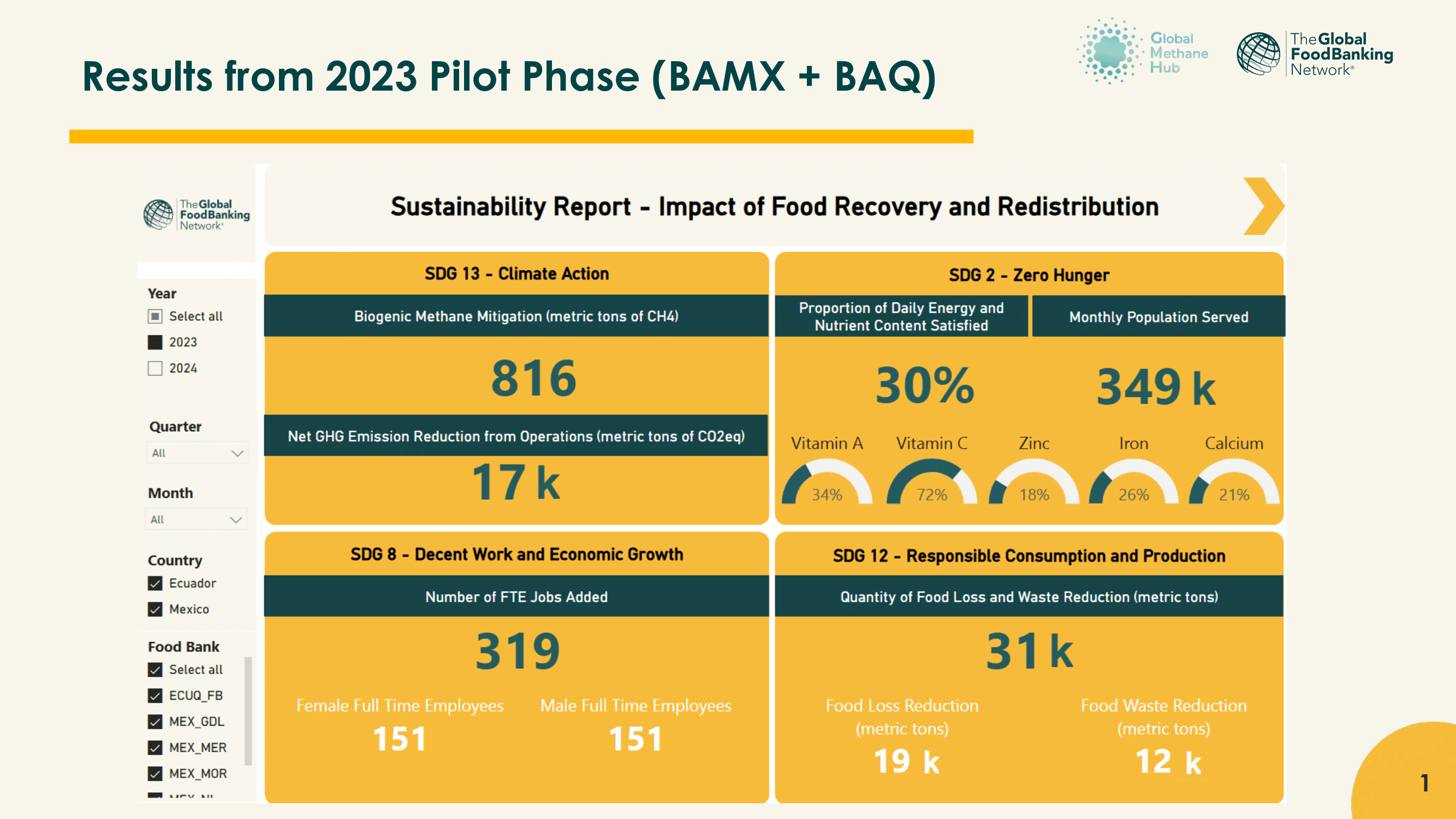
Given the success of the pilot phase, the project will expand to food banks in other parts of the globe, like sub-Saharan Africa and Southeast Asia. As GFN’s methane mitigation project continues to grow, and a robust and credible methodology powered by Microsoft Sustainability Manager is fully in place, food banks and other organizations that recover and redistribute surplus food can better prove the efficacy of their actions to mitigate methane.
“We’re honored to have been a part of the pilot stage of this project,” said Mariana Jiménez, general director of BAMX. “It positions us at another level, and I believe it will inspire even more organizations to invest in and support the crucial work of mitigating greenhouse gases through food recovery and redistribution.”
Ultimately, GFN believes the methane quantification work will lead to not only more or new donations of food and funds, but also opportunities for companies supporting food recovery to communicate their impact on Scopes 1, 2, and 3, as well as policy engagement with government entities.
In fact, Banco de Alimentos Quito is already seeing positive results from the pilot phase of the project. As a direct result of the methodology and findings, the food bank has been approached by the Ministry of Environment, Water, and Ecological Transition about contributing their expertise to informing national climate strategies.
“This groundbreaking work is a big step up for our food bank and an important contributor to Ecuador’s climate strategy,” said Alicia Guevara, founder and president of Banco de Alimentos Quito. “We’re very excited to build on this foundation moving forward.”
Likewise, GFN will continue to move the important work of the methane mitigation project forward, powered in part by the Microsoft Sustainability Manager platform, into the second phase and beyond, to drive effective climate action on a global scale.
